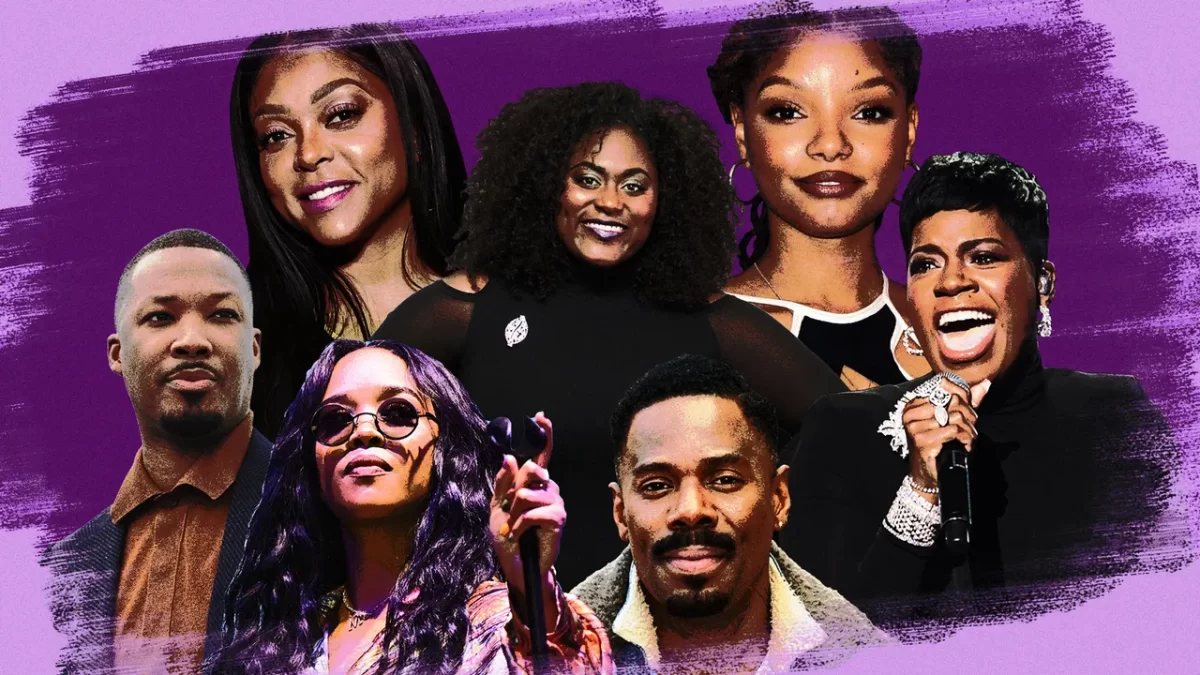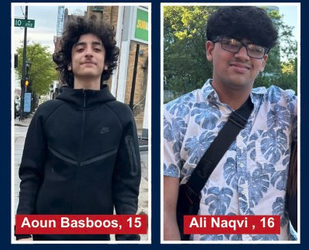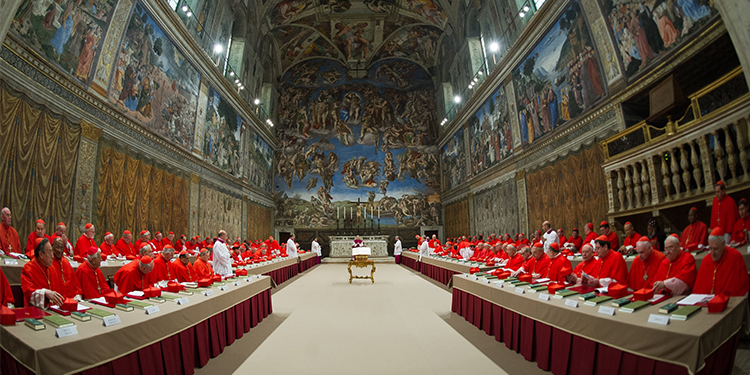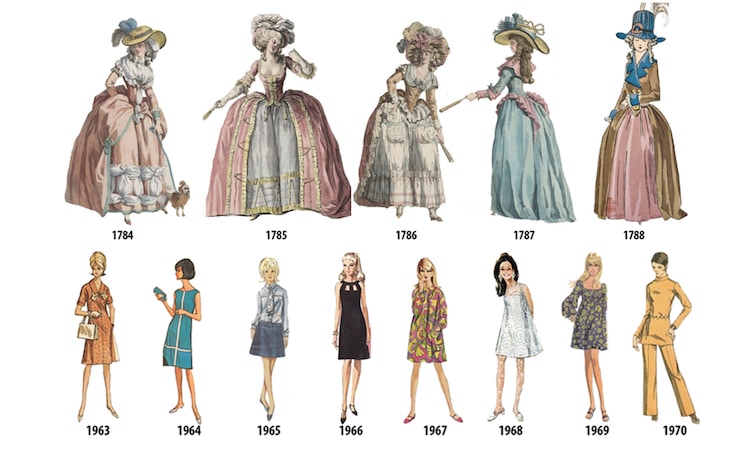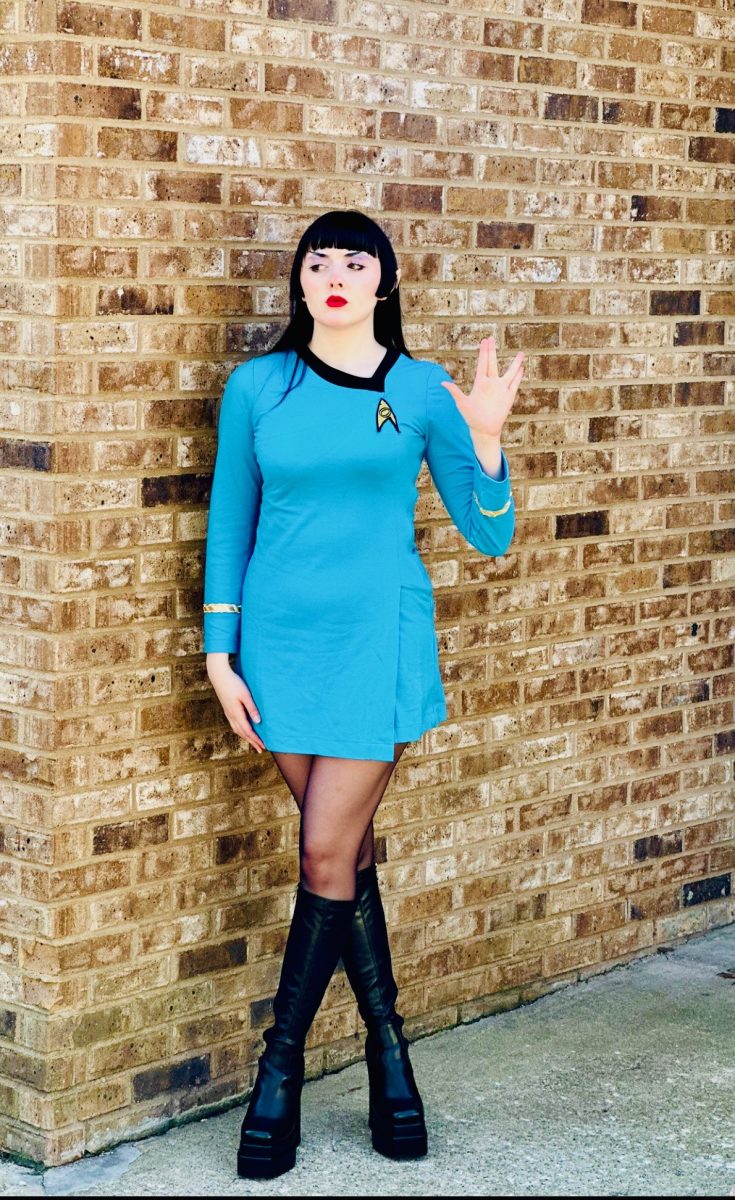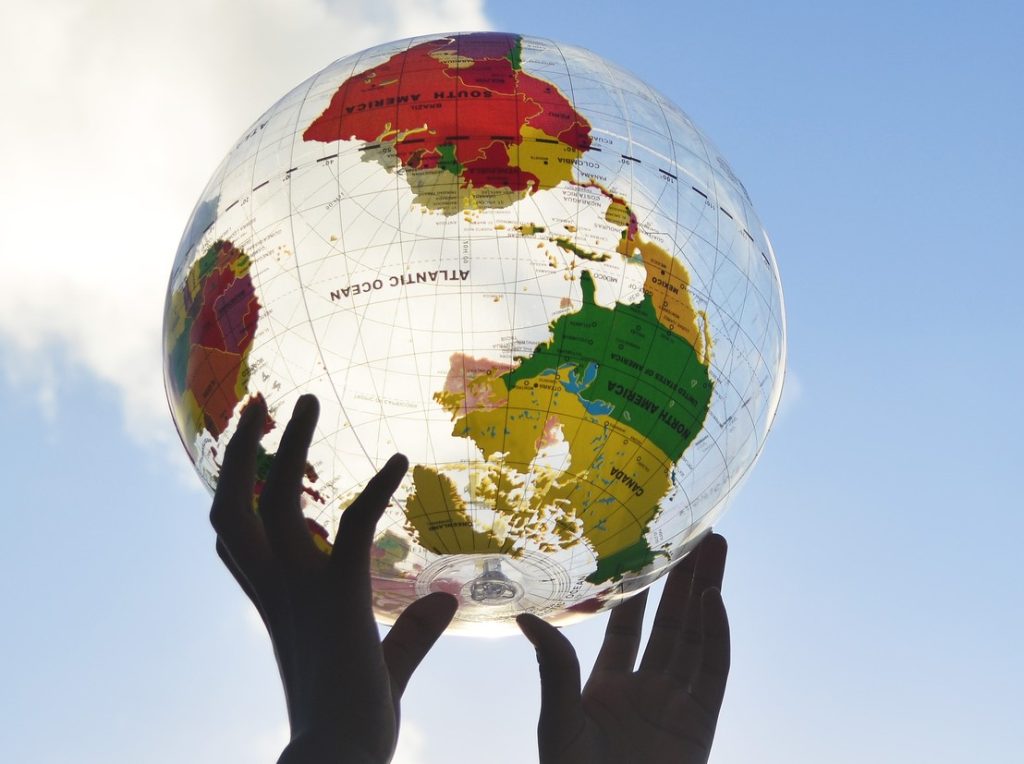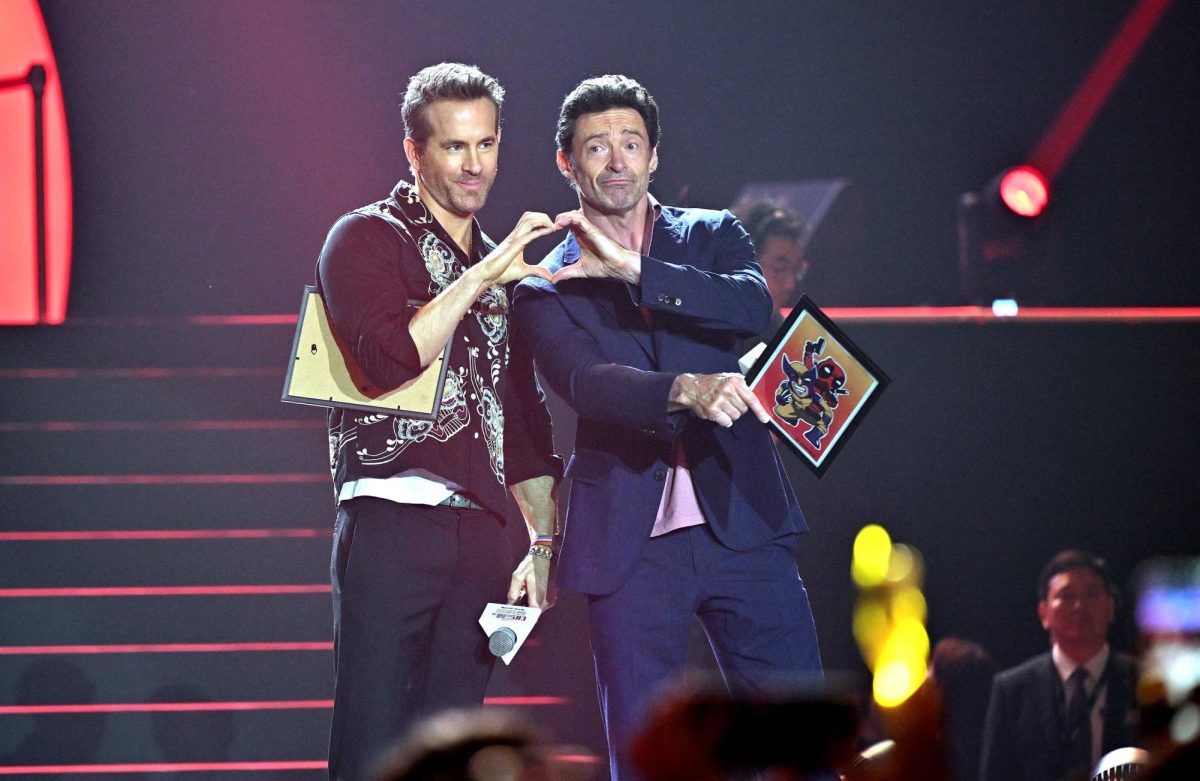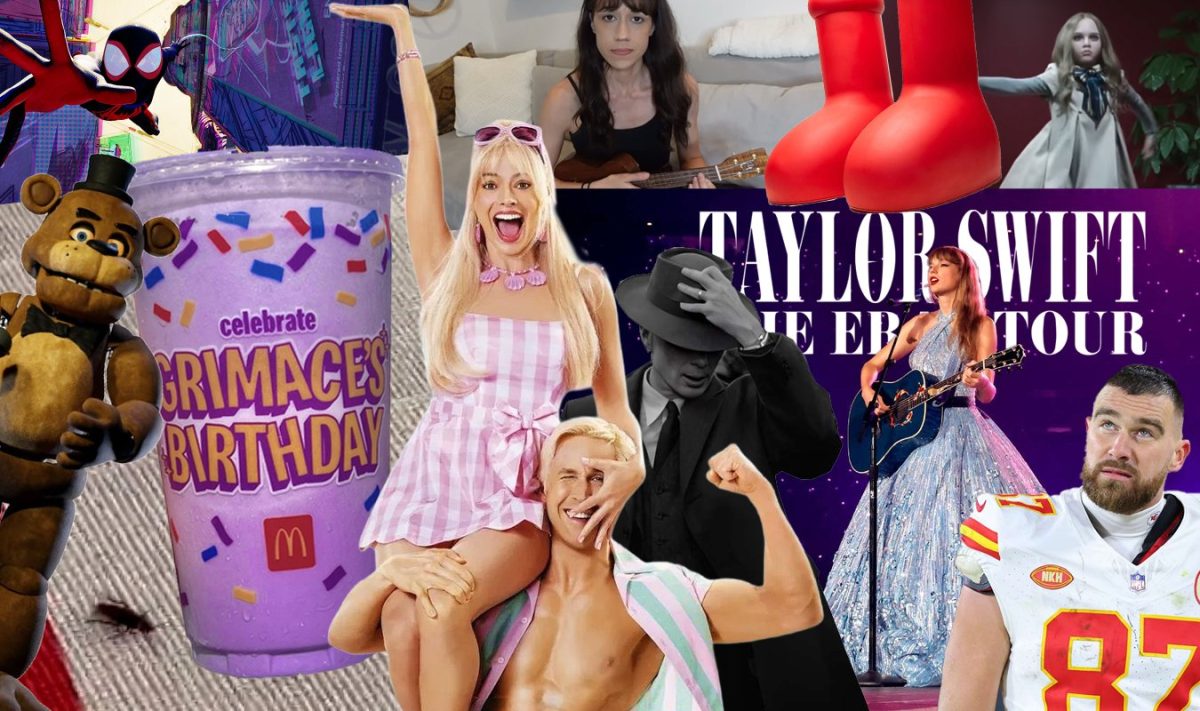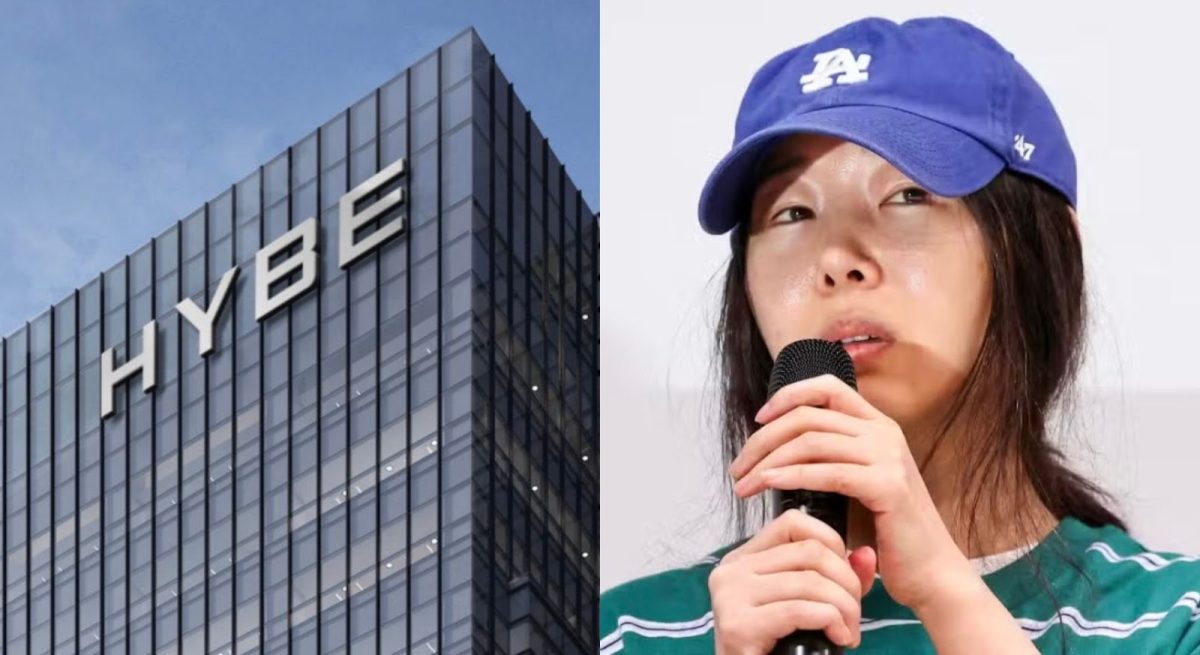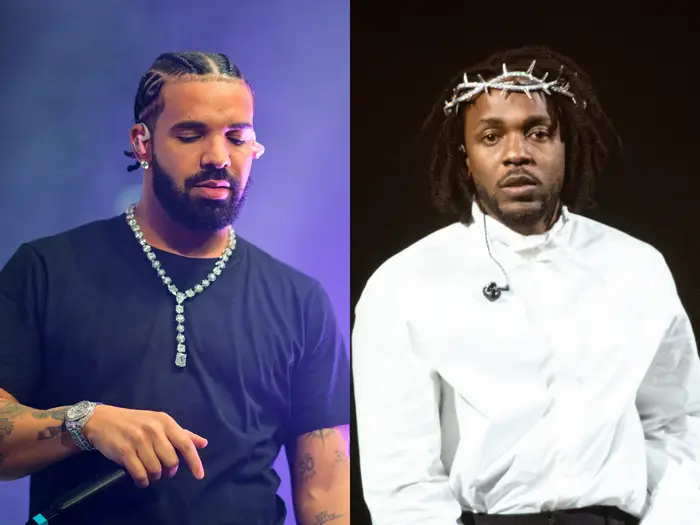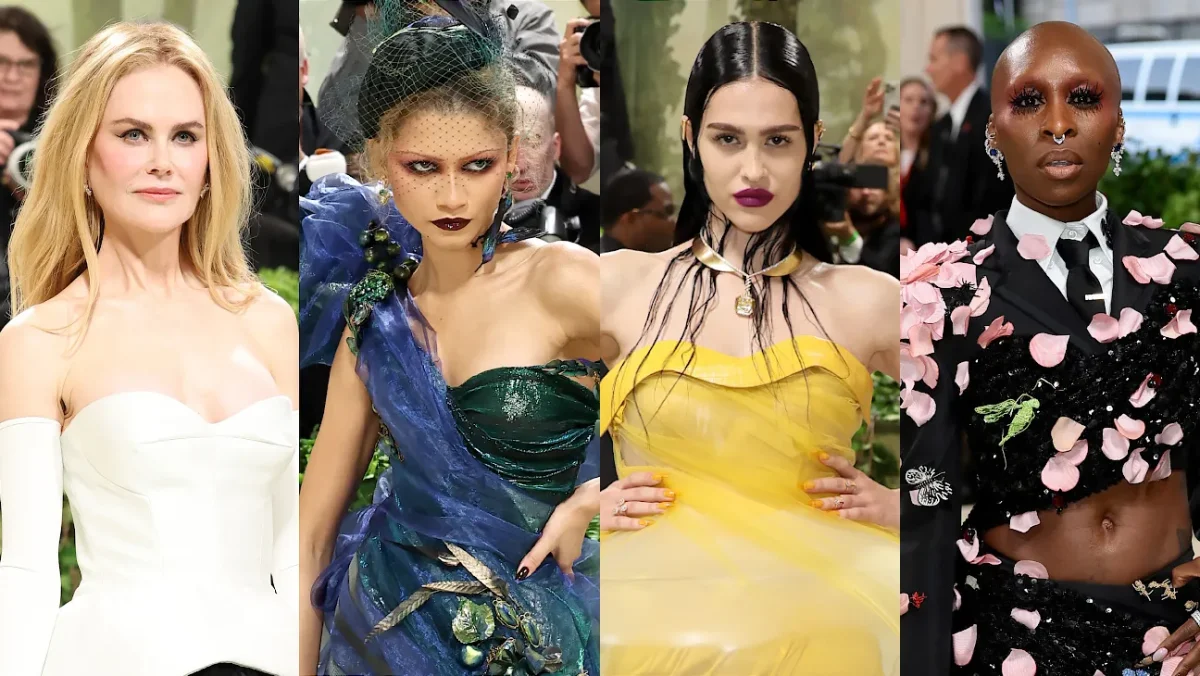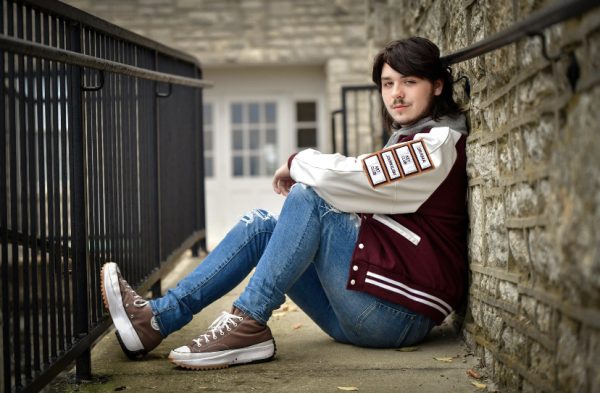In the grand narrative of entertainment, the stories we see on screen have a profound power to shape our understanding of the world and the people in it. Yet, for too long, this narrative has been skewed when it comes to the portrayal of people of color. Characters that should resonate with the vibrancy and diversity of real life are instead often trapped within the confines of outdated and harmful stereotypes. This misrepresentation is not a mere oversight but a pervasive issue that ripples across society, distorting perceptions and reinforcing a cycle of bias and exclusion. It’s a plot that’s been played out for too long, with real consequences for audiences who rarely see their own stories told with truth and complexity. As we flip the script on these portrayals, it’s crucial to recognize the weight of this responsibility. The stories we tell on screen have the power to challenge, to inspire, and to catalyze change. It’s time for the narrative to evolve, to celebrate the rich, multifaceted experiences of people of color, and to weave a story that reflects the world in its truest form.
To grasp these stereotypes, I chatted with Davina, a student of color, to hear her take on it all.
- Is there any TV show or movie that you believe struggles with accurately portraying people of color?
Davina’s response: There are plenty. Unfortunately, the stereotyping of colored individuals is quite common in the media. While some partake in this trend by having colored characters change into a different species, others simply don’t include characters of color in their stories. Other films depict countless stereotypes, such as the black best friend, the scary black man, or the sassy/angry black woman.
- What is your opinion on directors, such as, Tim Burton, who claim that people of color don’t fit their aesthetic and that’s why they are not cast?
Davina’s response: I quite frankly don’t understand this concept. It does not make sense to me why a person of color would not be able to fit a specific aesthetic. They are actors and if they do not fit the look, that is what the makeup department is for. Tim Burton’s aesthetic is dead people. There is nothing keeping people of color from looking just as dead as white individuals. There are also people of color on social media who can achieve the “Tim Burton aesthetic”. So, I think it is beyond foolish to claim that people of color cannot fit your aesthetic.
- How do you think the media can improve its representation of people of color?
Davina’s response: I think that writers in the future should keep from putting individuals of color in a confined space in which these racist stereotypes are overused. Rather than having every character of color experience poverty, diversify their experiences.
It’s high time the silver screen becomes a mirror of the real, vibrant world we live in. Casting should break away from those tired stereotypes and instead, showcase the rich tapestry of human experience. By doing so, film can become a powerful force for change, challenging perceptions, and inspiring a more inclusive society. It’s not just about breaking barriers; it’s about building bridges to understanding and celebrating the unique stories that make us all so wonderfully different.

